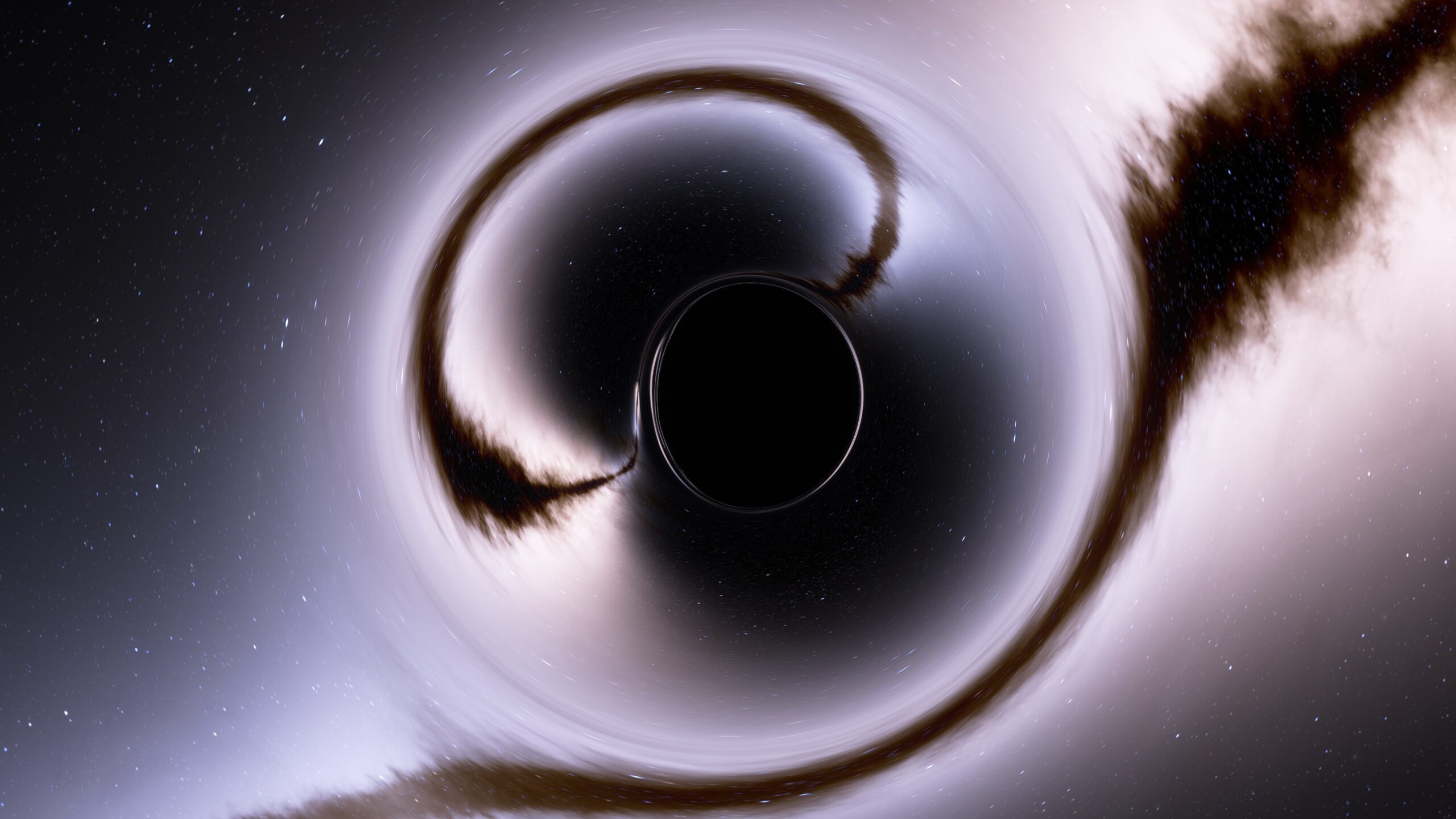
Shadow of Kerr black hole surrounded by a cloud of strings in Rastall gravity and constraints from M87
Kerr black holes are a type of black hole solution to the equations of Einstein’s general relativity theory. They are characterized by two main features: mass and momentum named after the physicist. Roy Kerr discovered this division in 1963. Kerr black holes exhibit rotation due to the angular momentum, unlike non-rotating black holes.
The study explores the shadow of a Kerr black hole with a surrounding string cloud in Rastall gravity. It analyzes various black hole characteristics and connects them to observational parameters. Utilizing EHT observations of M87. The research establishes constraints, finding a circularity deviation and the upper limit for angular diameter. The shadow axis ratio aligns with EHT data, suggesting that astrophysical black holes could be Kerr black holes with surrounding string clouds in Rastall gravity. In this paper researcher utilize observables such as shadow area, oblateness, circular deviation and asymmetry to extract information about black holes, especially through the pioneering observations of this supermassive black hole M87 by the Event Horizon Telescope in 2019. The aim is to explore the viability of black holes under both general relativity and modified theories of gravity by comparing observations with theoretical predictions, enabling the constraint of black hole parameters and potential distinctions between gravitational theories.
The EHT captured a crescent-shaped shadow, suggesting it might be a Kerr black hole in General Relativity. However, the paper explores an alternative scenario, treating M87* as a Kerr black hole surrounded by a cloud of strings in Rastall gravity. Observables like circularity deviation, axis ratio, and angular diameter are calculated and compared with EHT data. The results show consistency with EHT observations, making it challenging to distinguish between Kerr black holes in GR and those in Rastall gravity based on these observables.
Through the investigations, it is found that parameters such as the event horizon, photon regions, and the shadow of the black hole, influence the black hole’s structure and shadow properties. Additionally, it treats M87* as a Kerr black hole with a cloud of strings under Rastall gravity, using EHT data to constrain parameters. The results suggest that under certain conditions, this model aligns with observations making it a potential candidate for astrophysical black holes. However, current resolutions may not distinguish it from standard Kerr black holes, highlighting the need for advanced observational instruments.

